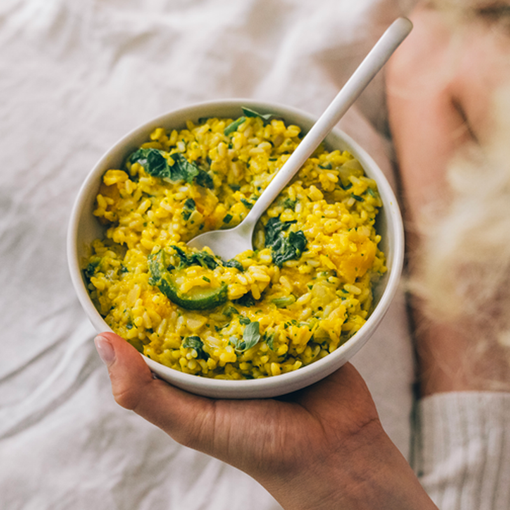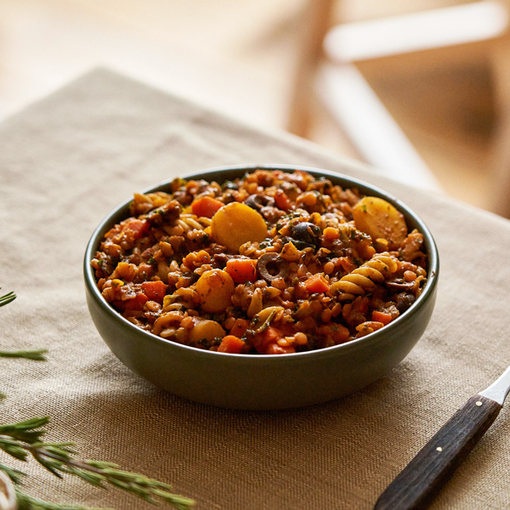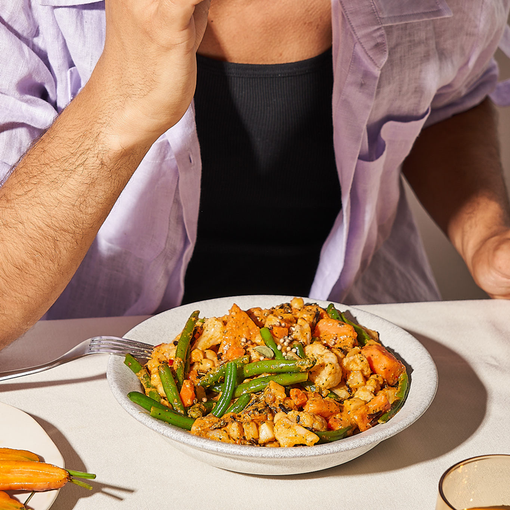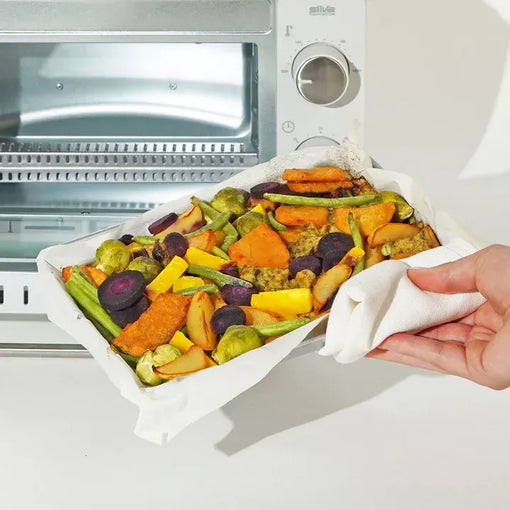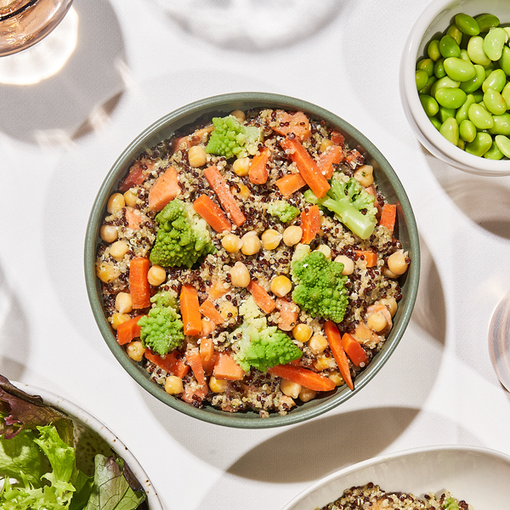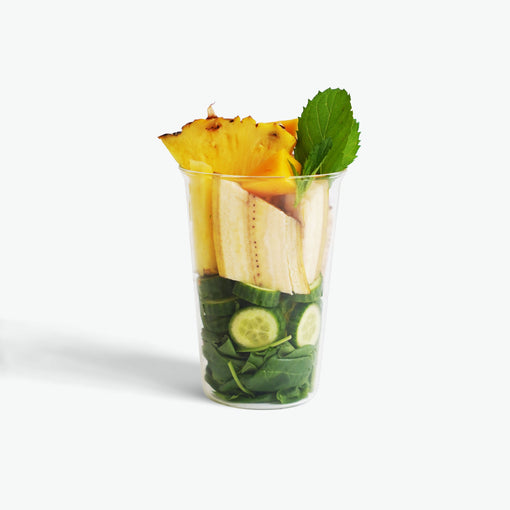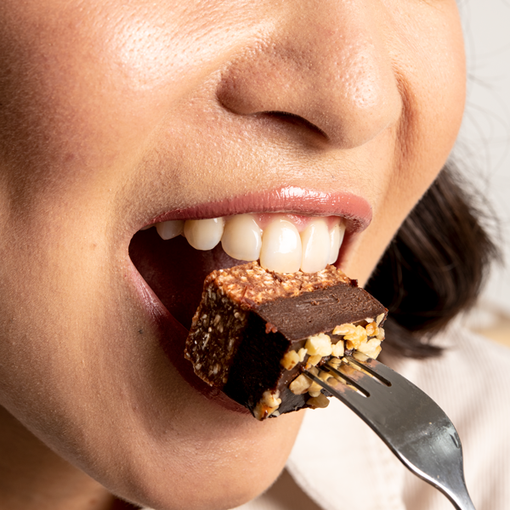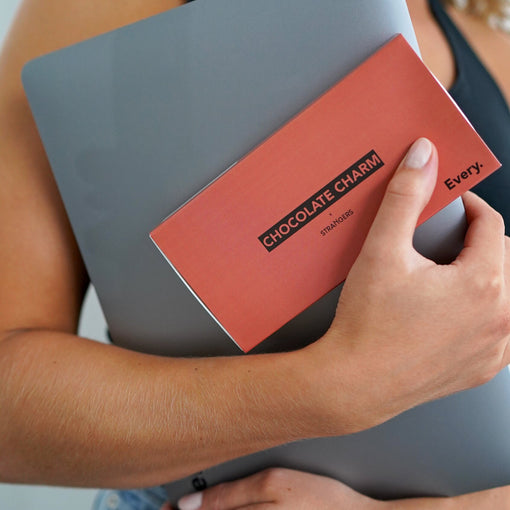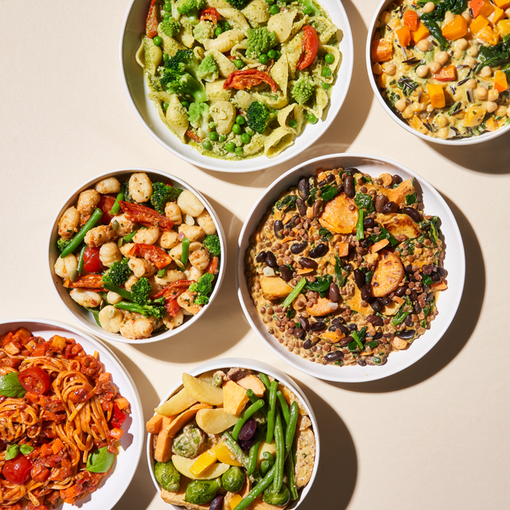Add {{ number }} more products to save {{ price }}
0
Add {{ number }} more products to save {{ price }}
noch 1 Produkt für gratis Versand (spare 5,99€)
Microwaves – Myths vs. Facts
There are many myths surrounding the preparation of food in microwaves. We got to the bottom of this topic so that you can prepare your food informed and relaxed!

Microwaving food has been subject to scrutiny ever since the appliance’s launch in 1955. Luckily, all the myths – such as cancer, radioactivity and alleged changes to DNA - surrounding their dangerous properties have long been debunked. Microwaving is a safe and efficient way to prepare your food.
Safe and Quick
Microwaves get their name from actual micro waves: low-energy, non-ionizing electromagnetic radiation paired with infrared and radio waves which produce heat. To avoid the escape of this radiation, every microwave is geared with metal shields and screens, making it safe for humans to use.
That said, there is no need to worry: The only thing microwaves do is harmlessly heat our food. So, let’s take a look at how to do it right!
Nutrients
Microwaved food is often criticized as having very few nutrients. The hypothesis being that the process of microwaving actually kills the nutrients. Let’s take a closer look and find out what happens to nutrients in microwaved food
Microwaving is considered one of the best ways to get your food nice and warm within minutes. It is important to keep in mind that it is not cooking per se, just heating. This requires less time and far lower temperatures (<100°C) than methods such as frying or baking. This is highly beneficial for nutrients, with the rule of thumb being the following: the lower the temperature and time spent, the more nutrients are kept. Since the 1980s, extensive research has repeatedly maintained that microwaving has only a slight nutritional difference from stove-cooked food and does not reduce nutrient value more than other cooking methods.
In fact, in contrast to stove-steaming vegetables covered in water, which tends to flush away vitamins, no nutrient-draining water is needed for microwaving. Microwaves can retain or even elevate nutrient levels. Examples of this are Vitamin C, potassium, sodium, fats, carbohydrates, proteins, Vitamins B1 and B2, with levels of Vitamin E even increasing.
More importantly, experts praise microwaving for its ability to preserve antioxidants, clearly out performing cooking again. What’s more, “microwaving may reduce the formation of harmful compounds in certain foods [and] increase the levels of anti-carcinogenic compound sulforaphane in broccoli.“2
On the other hand though, experts strongly advise against microwaving foods like garlic as well as foods rich in Vitamin A and folic acid, reasoning that integral, health-promoting components might get harmed during the process.
Flavour
Good for nutrients = good for flavour? That’s a YES from us!
Like in the case of nutrients, the “how” is key when it comes to preserving flavour in warmed-up foods. Microwaving your bowl for too long or at temperatures that are too high may result in the evaporation of water, breakdown of protein and fats along with a consequent discharge of iron due to enzyme changes. This is likely to leave your meal dry and bitter.
Luckily, your Every. bowl only requires heating up. You can do this in a pan or a microwave, however you prefer.
Heat it right
However, there are some things to be careful about when using the microwave to warm up our Every. bowls:
Do not microwave food in plastic or metal containers. Only in microwave-safe items (indicated on the product)
Use a turntable: these help distribute heat evenly and efficiently and also make sure germs are killed in the process
For more on how to best warm up your bowl, check the individual packaging.
Discover more articles in the Every. Magazine:
- Meal Prep – Cook Once, Enjoy Often!
- Healthy and Long-Term Weight Loss
- Intuitive Eating – The Science of Listening to Your Body
- Naked Falafel Summer Salad
- Cravings – Boredom, Stress or Warning Signals?
For even more foodie-content follow us on Instagram and join the Facebook Community to get involved in meal creations and to stay up to date on all things Every.







